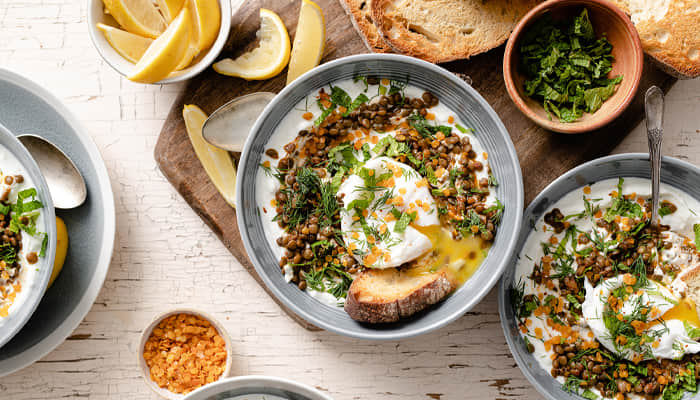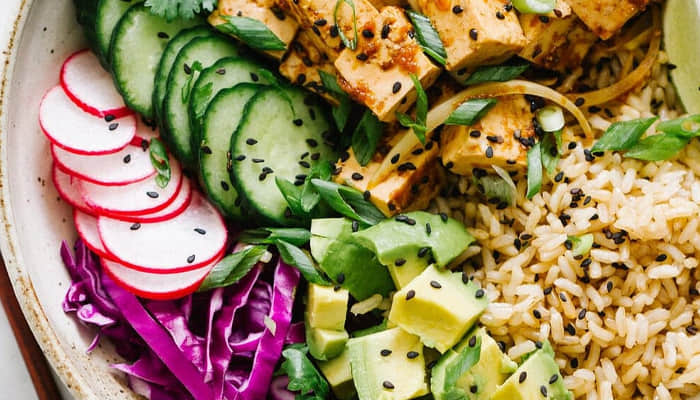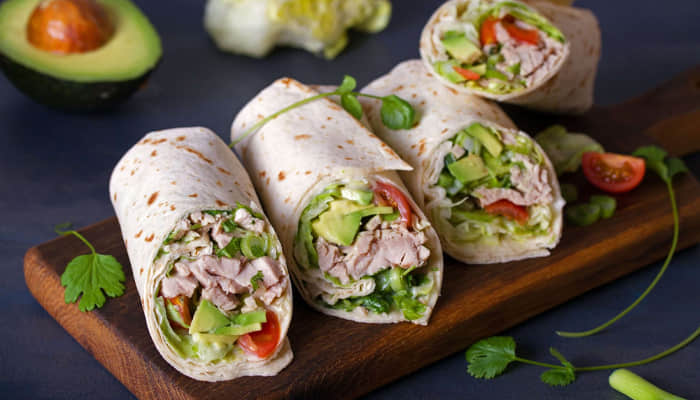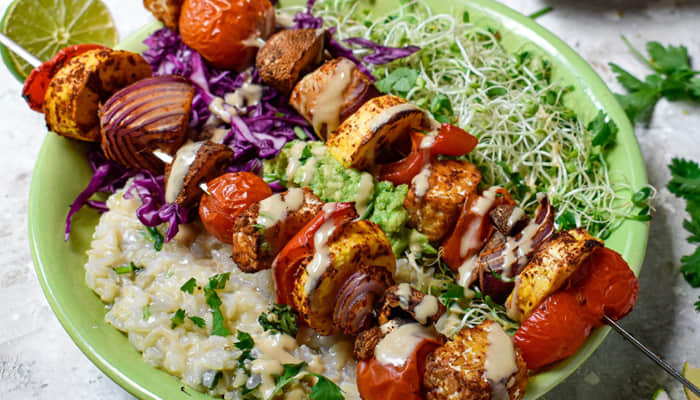
Created with guidance from nutrition science and health experts.
Inflammation isn’t always bad. According to the Harvard Medical School, it’s your body’s way of protecting itself. But when it becomes chronic—often triggered by stress, poor diet, or a sedentary lifestyle—it’s linked to many modern illnesses, including heart disease, diabetes, arthritis, and even depression.
That’s why researchers and dietitians increasingly recommend an anti-inflammatory diet—not as a temporary fix, but as a sustainable, nourishing way of eating.
What Is an Anti-Inflammatory Diet, Really?
According to the Mayo Clinic and the Cleveland Clinic, an anti-inflammatory diet focuses on:
- Whole, minimally processed foods
- Lots of fiber, antioxidants, and healthy fats
- Limiting added sugars and processed meats
- Staying hydrated and mindful of gut health
“Food is not just calories. It’s information,” says Dr. Barry Sears, a biochemist and author of The Anti-Inflammation Zone. “It talks to your genes and triggers inflammation—or fights it.”
Top Anti-Inflammatory Foods Backed by Research
- Leafy greens (like kale and spinach): Rich in antioxidants and vitamin K
- Berries (like blueberries): Packed with anthocyanins, known to reduce inflammation markers
- Fatty fish (like salmon): High in omega-3s, proven to lower C-reactive protein (CRP)
- Olive oil: Contains oleocanthal, which works like a natural ibuprofen
- Nuts and seeds: Excellent sources of fiber and magnesium
- Spices (like turmeric and ginger): Potent anti-inflammatory compounds backed by studies
Your 7-Day Anti-Inflammatory Meal Plan (Expert-Inspired)
Each day includes breakfast, lunch, and dinner with simple ingredients you can find at any grocery store. This plan draws from research published in journals like Nutrients, The American Journal of Clinical Nutrition, and guidance from registered dietitians.
Day 1 – Kickstart with Omega-3s

Breakfast: Oatmeal topped with blueberries, chia seeds, and a spoonful of almond butter
Lunch: Quinoa salad with chickpeas, avocado, tomatoes, and lemon-olive oil dressing
Dinner: Baked salmon, steamed broccoli, and sweet potatoes
Why it works: Combines fiber, antioxidants, and omega-3s to reduce inflammation markers.
Day 2 – Gut-Friendly Focus

Breakfast: Greek yogurt with banana and flaxseeds
Lunch: Lentil soup and arugula salad
Dinner: Grilled chicken breast with sautéed kale and wild rice
Expert note: A 2018 meta-analysis showed fermented foods (like yogurt) support gut health and reduce systemic inflammation.
Day 3 – Anti-Inflammatory Spices

Breakfast: Avocado toast with chili flakes and lemon
Lunch: Roasted cauliflower quinoa bowl with turmeric and tahini
Dinner: Stir-fried tofu, mushrooms, and brown rice
Study-backed fact: Turmeric’s active compound, curcumin, has strong anti-inflammatory effects.
Day 4 – Plant Power

Breakfast: Green smoothie with spinach, mango, and flaxseed
Lunch: Turkey lettuce wraps with avocado
Dinner: Zucchini noodles with garlic tomato sauce and grilled shrimp
Why it matters: This day limits refined carbs and adds phytonutrients from plants.
Day 5 – Healthy Fats in Action

Breakfast: Chia pudding with berries and sunflower seeds
Lunch: Roasted veggie wrap with hummus
Dinner: Baked cod with lemon, quinoa, and steamed beans
Clinical insight: Omega-3 fats (like those in fish) and fiber reduce levels of IL-6, a pro-inflammatory cytokine.
Day 6 – Weekend Balance

Breakfast: Scrambled eggs with spinach and mushrooms
Lunch: Leftover lentil soup and salad
Dinner: Veggie kebabs with chickpeas and brown rice
Nutritionist tip: Chickpeas are high in resistant starch, supporting beneficial gut bacteria.
Day 7 – Gentle Nourishment

Breakfast: Whole grain waffles with almond butter and strawberries
Lunch: Quinoa-black bean bowl with lime and cilantro
Dinner: Baked eggplant with tomato-garlic sauce and arugula
Final focus: This day ends the week with antioxidant-rich veggies and heart-healthy fiber.
5 Expert Tips to Stick With It
- Cook in batches – Prepping grains and roasted vegetables on Sunday makes the week smoother
- Hydrate wisely – Water, green tea, or turmeric lattes; skip soda
- Don’t fear fat – Healthy fats fight inflammation—just avoid trans fats
- Watch sugar and sodium – Read labels and cook more at home
- Stay flexible – It’s not about perfection, but gradual progress
What Do Doctors Say About It?
“An anti-inflammatory diet can be one of the most powerful tools for chronic disease prevention,” says Dr. Frank Hu, professor of nutrition and epidemiology at Harvard T.H. Chan School of Public Health. “Small changes in your daily meals can add up to major long-term benefits.”
Final Thoughts: A Diet That Feels Good and Does Good
This isn’t a fad. It’s a food philosophy backed by science. Whether you’re dealing with joint pain, skin issues, bloating, or just feeling “off,” shifting toward anti-inflammatory eating can help you feel more energized and resilient.
Start with this one-week plan. Listen to your body. And remember—you’re not just feeding yourself; you’re training your cells to heal.
